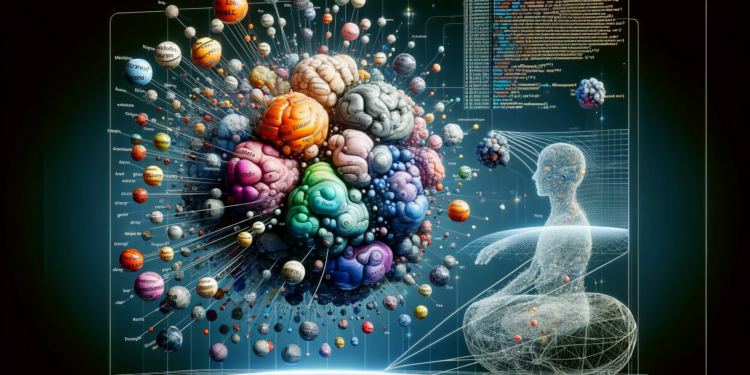Artificial Intelligence (AI) has revolutionized the way we interact with technology and has transformed sectors ranging from healthcare to the entertainment industry. One of the sub-disciplines that has experienced exponential growth is Natural Language Processing (NLP), which is fundamental in applications such as machine translation, virtual assistants, and sentiment analysis. Within this field is GloVe (Global Vectors for Word Representation), a methodology for learning vector representations of words, which has been a significant milestone in the machine-level representation and understanding of language.
GloVe: An Overview
Developed by researchers at Stanford University, GloVe is an unsupervised learning approach for generating word vector representations that simultaneously capture both global and local statistics of a corpus. Unlike previous models that focused on local statistics (such as Skip-gram and CBOW from Word2Vec), GloVe incorporates global word co-occurrence information from a corpus to offer a more inclusive and nuanced approach in capturing semantic and syntactic relationships between words.
These word vectors are high-dimensional, and each dimension represents a latent aspect of a word’s meaning, allowing semantic similarity to translate into geometric proximity within the vector space. This enables algebraic operations with words that uncover linguistic relationships and analogies, enhancing machines’ ability to understand and process human language.
Technical Functioning of GloVe
The key innovation of GloVe is its ability to incorporate global co-occurrence statistics through a log-bilinear model that attempts to minimize the difference between the product of word vectors and the logarithm of their co-occurrence probabilities. Mathematically, if $wi$ represents the target word, $wj$ the context, and $X{ij}$ the co-occurrence frequency, GloVe optimizes the following objective function:
$$
J = sum{i,j=1}^V f(X{ij}) (wi^T tilde{w}j + bi + tilde{b}j – log X{ij})^2
$$
where $V$ is the vocabulary, $wi$ and $tilde{w}j$ are the word vectors, $bi$ and $tilde{b}j$ are biases for each word, and $f(X_{ij})$ is a weighting function designed to attenuate the impact of very frequent or rare co-occurrences.
Practical Applications of GloVe
GloVe’s ability to extract complex and subtle meanings in words has allowed for improved performance in various NLP tasks. Among the most notable applications are:
- Text Comprehension: Enhancements in question-answering systems and text summarization.
- Semantic Search: Advanced searching in databases and on the web, where matches are found based on meaning rather than exact keywords.
- Machine Translation: More nuanced and coherent translations by considering the global context in which words appear.
Perspectives and Future Developments
The field of NLP continues to evolve, and models like GloVe have paved the way for subsequent developments such as Transformers (e.g., BERT, GPT). These models are further expanding the range of possibilities by learning context-dependent word representations and allowing for an even deeper understanding of natural language. The intersection of GloVe with these neural architectures promises future innovations in areas such as natural language generation and automatic reading comprehension.
Conclusion
GloVe is one of the cornerstones upon which contemporary understanding of language in machines is built. Its ability to efficiently condense the global meaning of words into vector representations has been a significant advancement in the accessibility and capabilities of AI technologies. The relevance and influence of GloVe in the field of NLP highlight the importance of deep and nuanced representations of language, key to effective communication between humans and machines.
On the horizon of AI, it is clear that the study of representation models like GloVe will continue to be a critical piece as we strive to understand and enhance our interactions with emerging technologies, indicating a promising path toward truly contextual and human-like artificial intelligence comprehension.






















